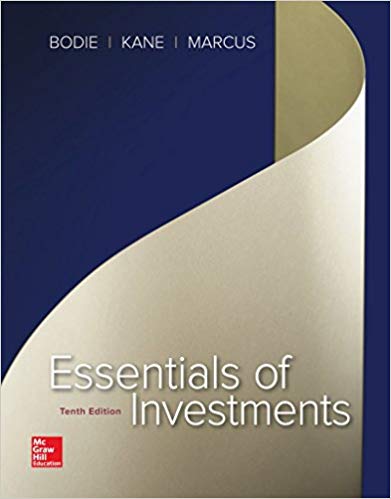Question
Exercises and Problems 1.What is the payback if an investment's cost is $45,000 and the after-tax benefit is $2,000 per year? 2. The Ohm Depot
Exercises and Problems
1.What is the payback if an investment's cost is $45,000 and the after-tax benefit is $2,000 per year?
2. The Ohm Depot Co. is currently considering the purchase of a new machine that would increase the speed of manufacturing electronic equipment and save money. The net cost of the new machine is $66,000. The annual cash flows have the following projections:
YearAmount ($)
0(66,000)
1 21,000
2 29,000
3 36,000
4 16,000
5 8,000
If the cost of capital is 10 percent, find the following:
a. The PVB
b. The NPV
c. The IRR
d. Payback e. PI
3.Kay Sadilla is considering investing in a franchise that requires an initial outlay of $75,000. She conducted market research and found that after-tax cash flows on the investment should be about $15,000 per year for the next 7 years. The franchiser stated that Kay would generate a 20 percent return. Her cost of capital is 10 percent. Find the following:
a. The PVB
b. The PVC
c. The NPV
d. The IRR
4. Meg O'Byte wants to buy a new computer for her business for Internet access on a cable modem. The computer system cost is $5,100. The cable company charges $200 (including the cable modem) for installation and has a $50 a month usage fee for businesses, paid at the end of the month. Meg expects to buy the system with a $100 down payment, financing the balance at 8 percent over the next 4 years. She will sell the computer for $1,000 when she upgrades. She expects a $500 a month increase in cash flow and is in the 25 percent tax bracket.
a. The start-up costs are __________________.
b. The PVC is __________________.
c.The PVB is __________________.
d. The monthly payment for the computer is __________________.
5. Herb E. Vore is considering investing in a Salad Stop franchise that requires an initial outlay of $100,000. He conducted market research and found that after-tax cash flows on this investment should be about $20,000 a year for the next 7 years. The franchiser states that Herb will generate a 20 percent rate of return. Herb currently has his money in a mutual fund, which has grown at an average annual rate of 10 percent. He tells the franchiser that money has a time value, and the actual rate of return according to his calculations is much less than 20 percent.
a. Do you agree with the franchiser or with Herb?
b. What rate of return is the franchiser using, and what method did Salad Stop
use to calculate it?
c. What rate of return is Herb using, and what method did he use?
d. Should Herb make the investment? Explain your answer.
Step by Step Solution
There are 3 Steps involved in it
Step: 1

Get Instant Access to Expert-Tailored Solutions
See step-by-step solutions with expert insights and AI powered tools for academic success
Step: 2

Step: 3

Ace Your Homework with AI
Get the answers you need in no time with our AI-driven, step-by-step assistance
Get Started


